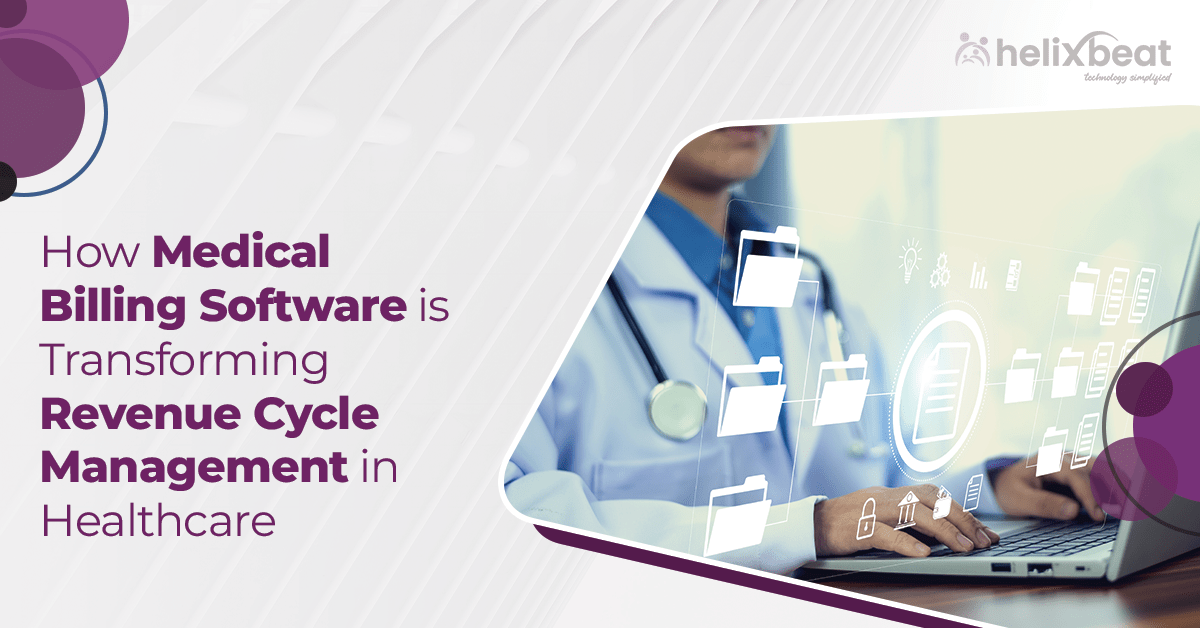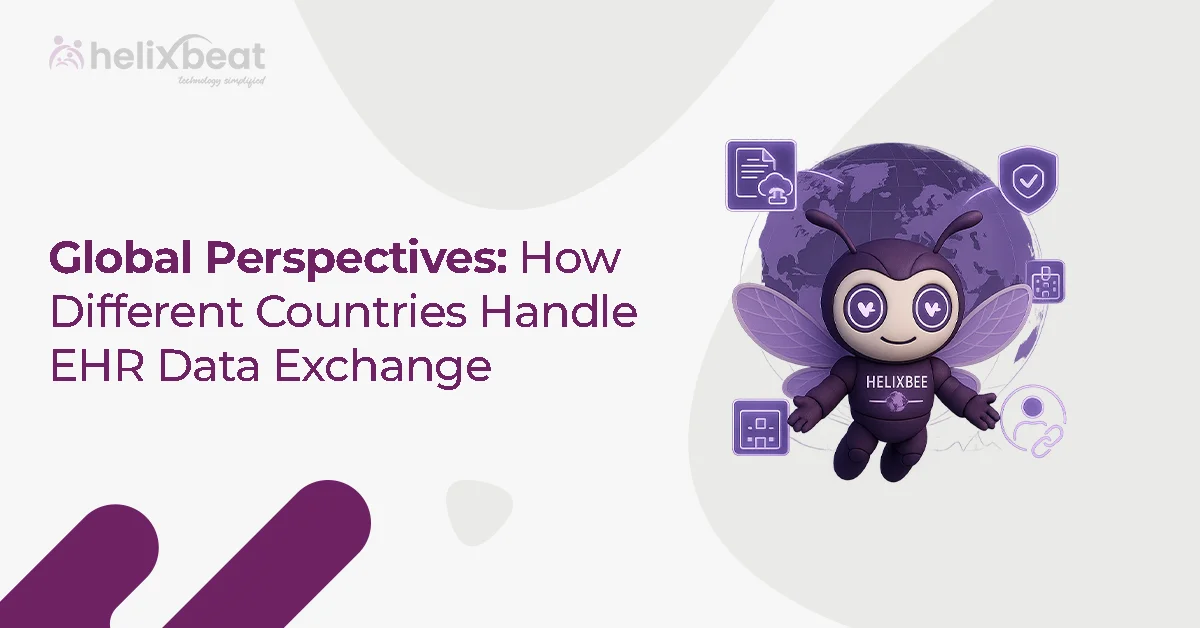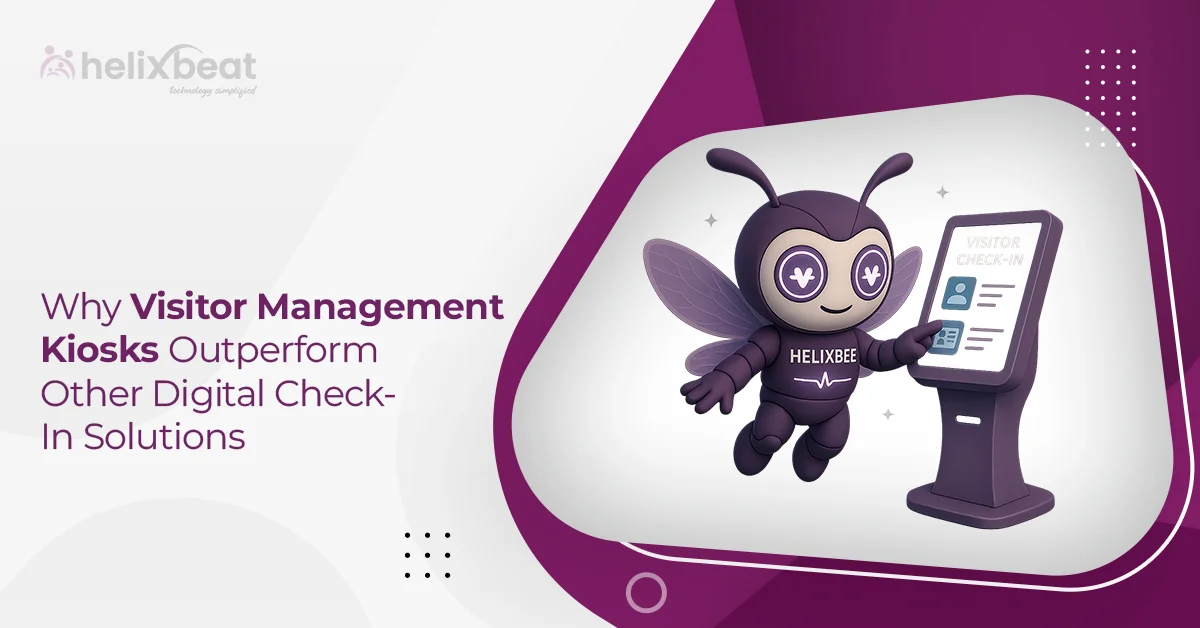Managing revenue in healthcare isn’t easy. Between treating patients, juggling paperwork, and keeping up with insurance protocols, healthcare providers often find themselves drowning in administrative chaos. One missed code, a delayed claim, or a rejected bill can mean thousands in lost revenue—not to mention hours of rework. For many clinics and hospitals, revenue cycle management feels like an uphill battle. That’s where Medical billing software steps in as a true game-changer.
It takes the pressure off providers by automating billing, reducing errors, and speeding up reimbursements. Paynova medical billing software is a trusted name in digital healthcare payment gateway, understands these pain points. It offers smart, intuitive tools that simplify billing and boost revenue. From claim generation to real-time analytics, Paynova helps providers take back control of their finances.
In this blog, we’ll explore how software for medical billing is transforming outdated healthcare providers billing systems and driving better financial outcomes across the board.
Table of Contents
Understanding Revenue Cycle Management (RCM)
Revenue Cycle Management refers to the financial processes healthcare providers use to manage the administrative and clinical functions associated with claims processing, payment, and revenue generation. The cycle begins with patient scheduling and ends with the final payment collection.
Steps in the cycle include:
- Patient registration and insurance verification
- Charge capture and medical coding
- Claim submission
- Payment posting
- Denial management and appeals
- Patient billing and collections
Without the right tools, each of these steps can become a bottleneck. Medical billing software helps by automating and synchronizing these tasks for a smoother, error-free workflow.
The Challenges in Traditional Billing Systems
Let’s look at the core challenges healthcare providers face when using manual or outdated systems for billing:
1. Manual Errors
Manually entering patient data, insurance information, and treatment codes increases the chances of mistakes. Even a small error in a diagnosis code or patient ID can result in a claim denial or payment delay.
2. Delayed Payments
Traditional billing systems rely on manual follow-ups, paper-based claims, and fragmented communication. These delays lead to extended revenue cycles, impacting the financial health of the organization.
3. Compliance Risks
Healthcare regulations are constantly evolving. Staying compliant with standards like HIPAA, ICD-10, and payer-specific rules is complex. Non-compliance can lead to penalties and claim rejections.
4. Lack of Visibility
Traditional systems don’t offer real-time insights into claim statuses, A/R days, or revenue forecasts. Without visibility, it’s tough to identify performance gaps or take corrective actions.
5. High Administrative Costs
Billing staff spend hours handling routine tasks—like filing paperwork, following up on claims, and contacting payers—resulting in inefficiency and burnout.
Medical billing software addresses all these issues, delivering speed, accuracy, and automation to the billing cycle.
The Transformative Power of Medical Billing Software
1. Automation of Billing Processes
Medical billing software automates repetitive, error-prone tasks such as data entry, insurance checks, and claims submission. This ensures:
- Reduced manual work
- Faster processing times
- Fewer rejected claims
How PayNova Helps:
PayNova automatically verifies insurance eligibility as soon as a patient books an appointment. It pre-checks payer rules and prepares accurate claims, reducing human workload and boosting accuracy.
2. Improved Claims Accuracy
Clean claims get paid faster. Medical billing software ensures that codes and documentation are correct before submission.
How PayNova Helps:
With built-in coding suggestions and compliance alerts, PayNova checks each claim against payer requirements and alerts users to possible errors. This prevents costly resubmissions.
Example: A practice that used PayNova saw claim rejection rates drop from 25% to 9% in just three months, thanks to accurate claim scrubbing.
3. Real-Time Revenue Tracking
You can’t manage what you can’t measure. Modern software for medical billing offers dashboards and analytics to help providers track revenue flow, outstanding payments, and payer trends.
How PayNova Helps:
PayNova’s real-time dashboard displays KPIs like Days in A/R, outstanding claims by payer, and collections trends—helping managers make timely financial decisions.
4. Integration with EHR and Practice Management Systems
Manual handoffs between EHRs and billing systems often lead to information gaps. When medical invoicing software integrates with clinical documentation systems, billing becomes more accurate and efficient.
How PayNova Helps:
PayNova seamlessly integrates with EHR platforms like Epic, AthenaHealth, and Cerner. This ensures smooth data transfer, faster claim creation, and fewer documentation errors.
5. Faster Payments and Patient Convenience
Patients expect transparency and convenience when it comes to billing. Many practices lose revenue due to unclear billing or delayed follow-ups.
How PayNova Helps:
With automated patient reminders, online payment portals, and flexible billing options, PayNova medical invoicing software enhances the patient experience and speeds up payment collections.
Stat: Practices using PayNova reported a 25% increase in on-time payments from patients.
How PayNova Optimizes Revenue Cycle Management
Revenue Cycle Management (RCM) is not just about billing; it’s about building a reliable, transparent, and sustainable financial system in healthcare. PayNova enhances every stage of the RCM process with intuitive, intelligent, and automated features. Let’s dive deeper into how each part works:
1. Streamlined Patient Onboarding
What it means:
Patient onboarding is the first step in the revenue cycle—and one of the most critical. Errors at this stage, such as incorrect insurance info or missing personal details, can delay the entire billing process.
How PayNova helps:
- Automates the capture of patient demographics, insurance details, and consent forms during appointment scheduling.
- Instantly verifies insurance eligibility with real-time checks before services are rendered.
- Alerts staff if a patient’s insurance is inactive or coverage is missing.
- Supports digital forms and e-signatures to reduce paperwork.
Result:
Fewer delays, faster intake, reduced eligibility-related denials, and clear financial communication with patients before treatment begins.
2. Accurate Medical Coding and Documentation
What it means:
Accurate coding is the backbone of proper billing. Incorrect or incomplete codes lead to denied claims and lost revenue.
How PayNova helps:
- Uses AI and machine learning to suggest the most appropriate ICD-10, CPT, or HCPCS codes based on the patient’s diagnosis and treatment.
- Cross-checks codes against payer-specific rules and flags potential issues like:
- Missing modifiers
- Outdated or mismatched codes
- Offers real-time alerts to prevent coding errors before claim submission.
- Documentation inconsistencies
Result:
Reduced coding errors, faster reimbursements, and minimized reliance on external coding services—saving both time and money.
3. Automated Claims Management
What it means:
Claim generation, submission, and tracking are central to RCM. Manual claim processes often lead to missed deadlines, inconsistent data, and frequent rejections.
How PayNova medical invoicing software helps:
- Auto-generates claims directly from patient encounters and documentation.
- Batches and submits multiple claims simultaneously, improving speed and consistency.
- Pre-checks each claim using built-in “claim scrubbing” tools to detect errors or missing information.
- Integrates payer rules to ensure each submission meets individual insurer requirements.
Result:
Faster claim submissions, higher clean claim rates, fewer rejections, and significant reduction in administrative workload.
4. Intelligent Denial Management
What it means:
Claim denials are inevitable, but how quickly and efficiently they are resolved makes all the difference in maintaining healthy cash flow.
How PayNova helps:
- Automatically classifies denials by reason (e.g., coverage issues, coding errors, authorization problems).
- Prioritizes high-value denials and suggests next steps to resolve them.
- Includes templates for common appeal letters and payer-specific resubmission formats.
- Tracks the lifecycle of each denied claim to ensure timely follow-ups.
Result:
Improved denial resolution rate, quicker recovery of lost revenue, and a more proactive approach to recurring denial patterns.
5. Financial Reporting and Forecasting
What it means:
Understanding where your money is, what’s stuck, and what’s trending is essential for growth and financial planning.
How PayNova helps:
- Offers customizable dashboards with real-time views of:
- Days in Accounts Receivable (A/R)
- Claims aging reports
- Payer performance comparisons
- Patient payment behavior
- Breaks down revenue by specialty, location, provider, and payer type.
- Forecasts future income based on historical trends and claim statuses.
- Helps in making data-driven decisions like staffing, service expansion, and budget allocation.
Result:
Better cash flow control, strategic business insights, and reduced financial uncertainty for practice managers and executives.
Benefits of Healthcare Providers billing systems:
| Feature | Key Benefit | Impact on RCM |
| Streamlined Onboarding | Fewer delays & denials | Accelerated cash flow |
| AI-Powered Coding | Higher accuracy | Reduced rejections |
| Bulk Claim Management | Faster submissions | Better efficiency |
| Smart Denial Handling | Quicker resolutions | Revenue recovery |
| Real-Time Analytics | Clear financial insights | Better decisions |
Why the Industry is Shifting to Medical Billing Software
According to a 2024 report by HIMSS Analytics, over 78% of healthcare organizations in North America are planning to upgrade or replace their billing systems in the next 12 months.
Why?
- Shrinking reimbursement rates
- Growing regulatory complexity
- A demand for better patient experiences
- Pressure to optimize revenue and reduce costs
In short, medical billing software is no longer optional. It’s essential for survival and success.
How to Choose the Right Solution
Not all software for medical billing is created equal. Here are key features to look for:
| Feature | Why It Matters |
| Automation | Saves time, reduces human errors |
| Compliance Management | Keeps you aligned with laws and regulations |
| Real-Time Analytics | Helps track financial health |
| EHR Integration | Ensures consistency across clinical and billing workflows |
| Scalability | Supports future growth of the practice |
| Customer Support | Provides ongoing assistance and training |
PayNova checks all these boxes and is designed to adapt to the unique needs of both small practices and large healthcare networks.
Final Thoughts
Medical billing software is more than a billing tool—it’s a strategic enabler that helps providers unlock efficiency, increase cash flow, and deliver a better experience to both patients and staff.
In a healthcare ecosystem where financial success and patient satisfaction are intertwined, solutions like PayNova are reshaping the future of billing operations. By addressing traditional pain points and enabling proactive revenue management, PayNova helps healthcare providers thrive—not just survive.
FAQs
1. What is Revenue Cycle Management (RCM) in healthcare?
Revenue Cycle Management refers to the entire financial process healthcare providers use to track patient care episodes from registration to final payment.
2. How does medical billing software help reduce claim denials?
It automates coding, scrubs claims for errors before submission, and aligns them with payer requirements, reducing the chances of rejections or denials.
3. Can PayNova integrate with existing EHR systems?
Yes, PayNova integrates seamlessly with major EHR systems like Epic, Cerner, and AthenaHealth to ensure smooth data flow and accurate billing.
4. How does real-time analytics benefit healthcare practices?
Real-time analytics offer visibility into revenue trends, claim statuses, and payer behavior, enabling better financial decisions and cash flow management.
5. What makes PayNova different from other billing software?
PayNova offers AI-powered coding, bulk claims submission, denial management tools, and real-time dashboards tailored for practices of all sizes.
6. Why are healthcare providers shifting to billing software in 2024?
With growing regulatory challenges, lower reimbursement rates, and a push for digital efficiency, modern billing software is essential for financial survival and growth.














